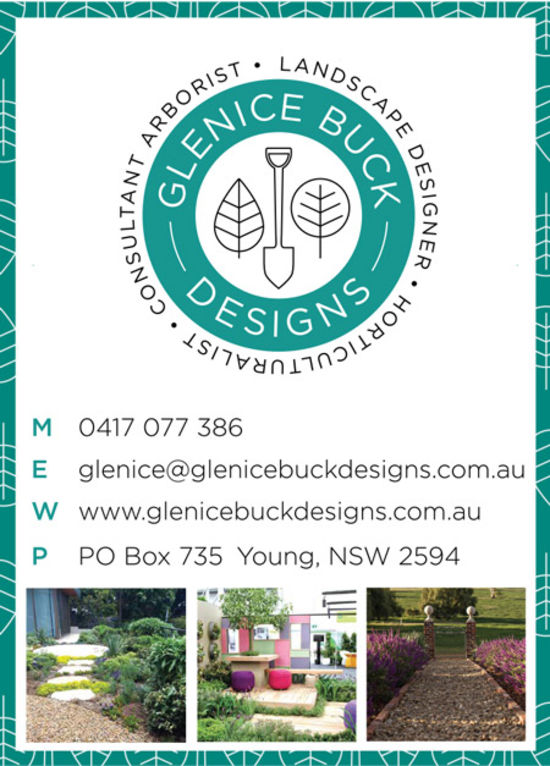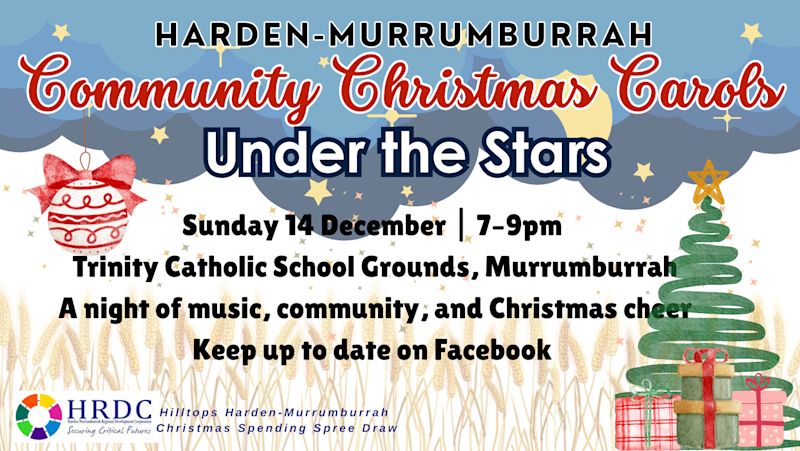Practical garden hints for designing your garden - Climatic Zones

Climate Zones
We have had a short break in our garden design series, but we are back this week. In previous issues, we have discussed the wants and needs of the garden, the planting palette and also the different garden design styles. This week we will start the section on how to complete the site analysis of your garden. A site analysis of your garden is looking at all the things in the garden that can’t be changed and then those things that can be changed.
You first need to consider the factors that cannot be changed, these are climatic zone, aspect, soil texture/type, soil pH, site hydrology or drainage, the views into and out of the site and water availability. Having time to observe some of these factors can also work to your advantage as you can then see the difference in these elements through all the seasons.
Climatic Zones
The majority of gardening problems are caused by gardeners not understanding the climatic needs of their plants. This is hardly surprising since the climate models that most growing nurseries use are quite simplistic and the plant labels used can be very confusing for people. Also, it is important to note that Australia has a warmer climate than the countries of origin of most of our introduced plants. All of those problems can be avoided if climatic needs are accurately described on nursery plant labels, so that the correct variety is selected for the particular climate.
If you have lived in the one area for a long time, you would have an understanding of what the climate of your locality is in each season, however if you’re moving to a new town or city you may have to learn how to deal with a new climate.
When it comes to the climate and your garden, you mainly need to know what the average rainfall is, when you get the majority of your rainfall, what the temperature extremities are and if you get frost. Many plant growers will tell you what temperature extremes their plant will deal with, so understanding your local climate will be helpful when it comes to plant selection.
Every country is divided up into different plant zones. For example, Australia is divided up into tropics, sub tropics, warm temperate, cold temperate and arid/semi-arid. If you are trying to grow plant species which are suited to a tropical plant zone when you are located in a cold temperate zone, you will have a battle on your hands as those plants most likely won’t cope with frost. Some plants will require a frost for them to fruit, so trying to grow them in a tropical frost-free zone will not work.
This issue can often arise when some of the large “chain” stores will sell plants that are not suited to the environment they are located in. This can happen as one order of plants is made and then distributed throughout the state or country with no notice being taken on the climatic zones of each area. Being a bit plant savvy when you buy your plants in these large, mixed businesses is essential. This is one of the best reasons why if you can, always buy your plants in a specialist garden centre where you can get the correct advice, service and support.
Alternatively, if you are unsure on which plant species will suit your climatic location, have a look at your neighbours gardens, ask local gardening friends or do a bit of research to give you some ideas and background. Many of the online plant growers will show you where each climatic location is within Australia and you can then see where your locality fits within these zones. Another possibility is employing a local horticulturist who would understand the climatic conditions and be able to make planting suggestions and recommendations.
If you would like to subscribe to my free garden newsletter or download my free eBook, you can go to my website to subscribe or download - www.glenicebuckdesigns.com.au or email: glenice@glenicebuckdesigns.com.au or phone or text me on 0417077386.
We are very excited to announce that we will be holding a garden workshop later in the month. The topic will be Plant Selection and Garden Design. Plant selection
is the hardest part of creating a garden. In this workshop, we will identify the steps you need to consider before purchasing a plant for your garden. I will give you a list of my favourite plants that I like to use in my garden design projects, these are tried and trusted species that will not let you down.
We will also have the opportunity to see some of these plants growing within the beautiful gardens of Jane Costello’s Rustic Maze and Country Garden. Glenice will provide a guided tour as part of the workshop. There will also be time for further explorations of the Rustic Maze and the rest of the garden.
DETAILS
WHEN: Saturday 21st November 2020 from 2pm - 5pm
WHERE: The Rustic Maze and Country Garden
‘Lower Coolegong’- Jerrybang Lane, Monteagle NSW 2594
COST: Tickets are $70 per person (Tickets include light refreshments).
To buy tickets, please go to https://www.trybooking.com/BMIOH
Online booking is essential as there will be no tickets sold at the gate. This is an outdoor event so please dress accordingly. Tickets will be refunded if event is cancelled due to weather conditions.
Covid -19 procedures will be in place.
For further information, contact Glenice on 0417077386 or email glenice@glenicebuckdesigns.com.au
Stay Connected
Subscribe
Get in Contact
Hilltops News to your inbox
Sign up now for the latest news from the Hilltops Area direct to your inbox.

